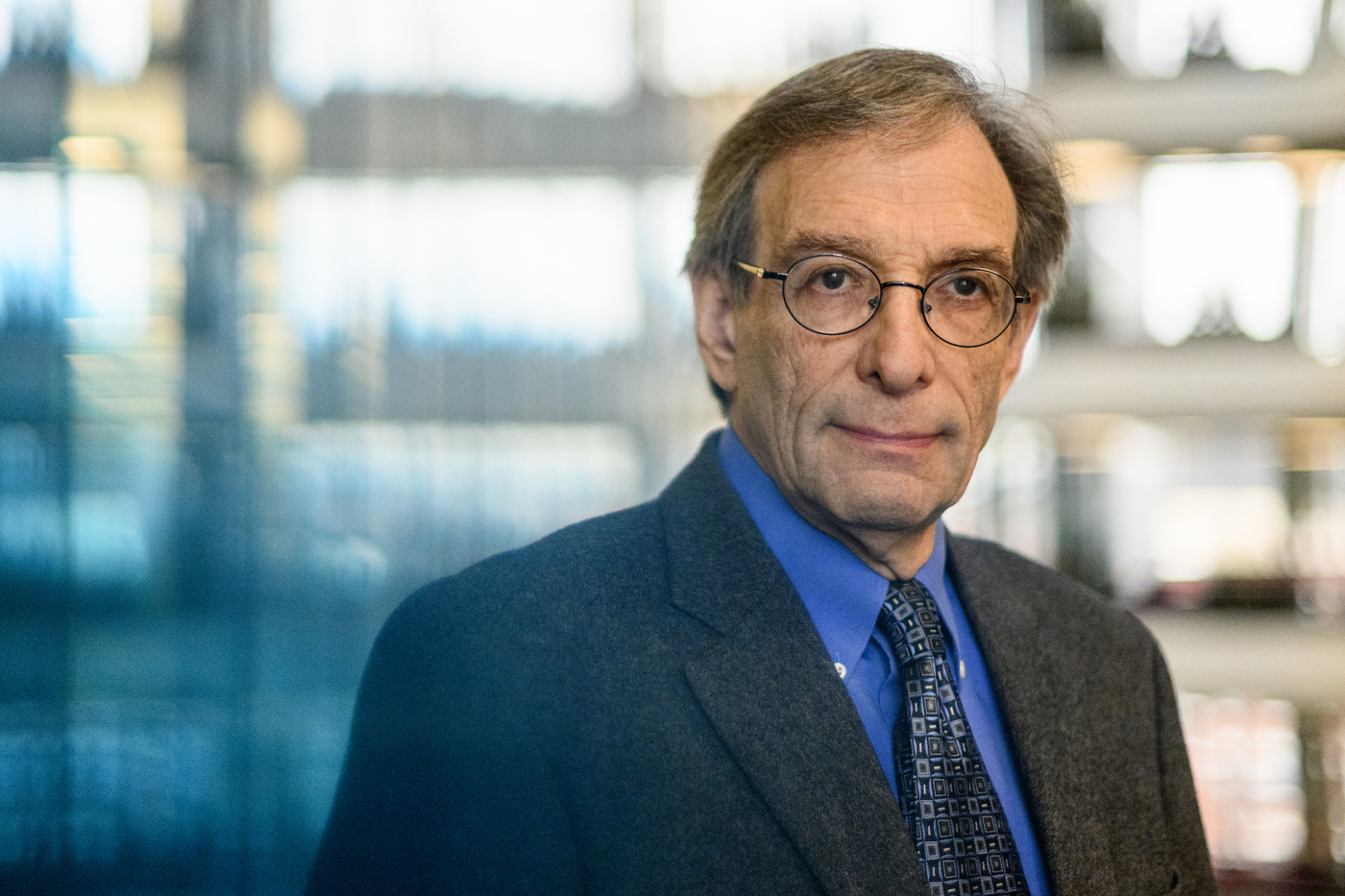Looking at the most streamed movies or TV shows on any given streaming service, it would be easy to assume that serial killers are lurking around every corner. The stories of Jeffrey Dahmer, Ted Bundy and the Boston Strangler still loom large – even if the likelihood of meeting another Zodiac Killer has never been lower.
Since the 1970s and 1980s, a period of high activity for serial killers, the numbers have dropped significantly. The numbers peaked in the 1970s, when there were nearly 300 known active serial killers in the US. In the 1980s, there were more than 250 active killers accounting for between 120 and 180 deaths annually. By the 2010s, there were fewer than 50 known active killers.
This data is based on numbers from the Radford University/Florida Gulf Coast University Serial Killer Database that have been further analyzed, combed and published in the recently updated “Extreme Killing: Understanding Serial and Mass Murder” by James Alan Fox, Jack LevinEmma Friedel.
But what explains this dramatic decline over the last 40 years?
According to Fox, a professor of criminology at Northeastern University, these are several major changes in forensic science, policing, criminal justice and technology that have made it more difficult than ever for the world's BTK Killers to escape capture.
The decline that began in the 1980s reflects a nationwide decline in crime enforcement that occurred in the 1980s and 1990s that made it difficult for serial killers, let alone anyone involved in violent crimes, to stay out of prison.
“Part of it has to do with the same reason the homicide rate has gone down,” Fox says. “You have an increasing number of people behind bars, so some of the would-be serial killers were probably behind bars as opposed to bars looking for victims.”


Between 1980 and 1992, the incarceration rate in federal and state prisons more than doubled to 332 per 100,000 US residents, according to Bureau of Justice Statistics.
Advances in forensic science and DNA testing have also allowed police to more effectively investigate murders, even those that have remained open or contested for decades.
“The first case I worked on in 1990, I was on a task force investigating the murders of five college students,” says Fox. “We had DNA, but it was pretty rough. We couldn't get DNA from hair –– now you can. You needed a lot of genetic material to be able to recognize the DNA pattern – now you don't.”
Forensic genealogy, recently used in the case of suspected quadruple murderer Bryan Kohlberger, made it possible to test DNA collected at a crime scene against DNA collected from a suspect's family.
And serial killers can also leave a digital footprint. Fox says the proliferation of surveillance cameras and the advent of cell phones with GPS tracking capabilities have made it harder for serial killers to kidnap their victims in the first place. Investigators also have even more tools at their disposal to track a killer's whereabouts, whether it's an IP address or, in his case BTK Killerthe metadata from a floppy disk.
Fox also attributes the decline in serial killers to changing public behavior as well. With the sweeping social and cultural changes of the 1960s and 1970s — drug use, hitchhiking, the hippie movement, anti-establishment sentiment — the conditions were prime for predators to continue to roam, Fox says.
But things have changed in recent decades. Fears of mass killings have increased, as has general public concern and mistrust of each other. People are “a lot more aware and careful than we used to be” and may be less likely to accept help from a stranger who says he just wants to help you fix your flat tire.
Changes in the way parents think about their children's safety also mean that some of the most common targets for serial killers, young women and girls, are less vulnerable than in previous decades. According to Fox, Levin, and Fridel, of the 5,582 victims killed by serial killers since 1970, more than half are women. About 30.2% of these female victims are between 20 and 29 years old, and 23% are between 5 and 19 years old.


Lori Kramerprofessor of applied psychology at Northeastern, says many parents now feel the world is a “more dangerous and dangerous” place, even at schoolplaces previously assumed to be “risk-free”.
“There is a sense that parents need to be much more involved and intentional about choosing those opportunities that their children will be in beyond school and church or other kinds of things that are quite normative for them,” says Kramer. “There's just a general anxiety and I think that plays into being protective.”
Kramer also speculates that the shift to social emotional learning that has happened in school systems across the country over the past decade could partly explain why there are fewer serial killers now. SEL helps students develop empathy and manage their frustration and anger, while also giving teachers an opportunity to “compensate for some trauma that kids may have experienced in other settings, like their home,” Kramer says. . While not a guaranteed solution, this extra layer of support could help prevent potential serial killers from developing in the first place.
“Having some ability to identify people early in life who are having difficulties, to provide appropriate forms of intervention and treatment earlier, and to provide more effective forms of treatment, all of that improves,” says Kramer.
Even though there are fewer serial killers stalking American streets, the culture at large remains fascinated by the gruesome, sordid tales of what Fox calls “legacy killers.” Serial killers may have an outsized cultural presence given how unlikely people are to encounter them, but Fox says it's still vital to study and, hopefully, prevent them from killing.
“The Boston Strangler killed 13 people and affected their loved ones, but he was also able to keep the entire city in terror for years,” says Fox. “The idea that there was one person that caused so much havoc in the city, whatever we can do to figure out and prevent and catch somebody like that early, the better off we are.”
Cody Mello-Klein is a reporter for Northeastern Global News. Email him at c.mello-klein@northeastern.edu. Follow him on X/Twitter @Proelectioneer.



